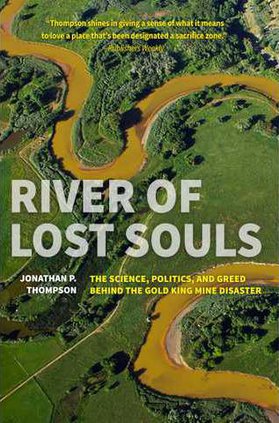STATESBORO —Ogeechee Riverkeeper has challenged a decision that it could not challenge a consent order between the state and a Screven County plant that is believed to have caused a massive fish kill in the river last spring.
Its appeal was filed Wednesday in Bulloch County Superior Court, asking for reversal of an administrative law judge's decision that prevented riverkeeper from challenging a consent order between the state Environmental Protection Division and King America Finishing. King's discharge into the Ogeechee River has been associated with the biggest fish kill in Georgia history.
"At the heart of this dispute is that the state continues to fail to protect people from dangerous pollution from King America Finishing," riverkeeper Dianna Wedincamp said. "We brought up half a dozen witnesses to Atlanta who live and work right on the river. As business and property owners, surely they have the right to challenge and correct the state's failure to protect them from pollution."
In May of 2011, a discharge of pollutants from the textile plant is believed to have killed more than 38,000 fish beginning near the discharge point and extending 70 miles downstream. An EPD investigation alleges King America had been operating two lines without proper permits and that the lines discharged ammonia and formaldehyde.
"Even though the EPD concluded that the illegal release was an 'unauthorized discharge' that was 'harmful to aquatic life,' the EPD and King America engaged in behind the scenes bargaining to produce a consent order," Hutton Brown, attorney at GreenLaw, said. "This back-room decision making allowed King America to continue to discharge illegally into the Ogeechee and imposed a requirement of a 'Supplemental Environmental Project' which did nothing to address the pollution coming from the company."
The riverkeeper tried to file the challenge to the consent order in the Office of State Administrative Hearings in Atlanta in October. The consent order imposed sanctions on the plant and required it to pay for unspecified environmental work along the river.




